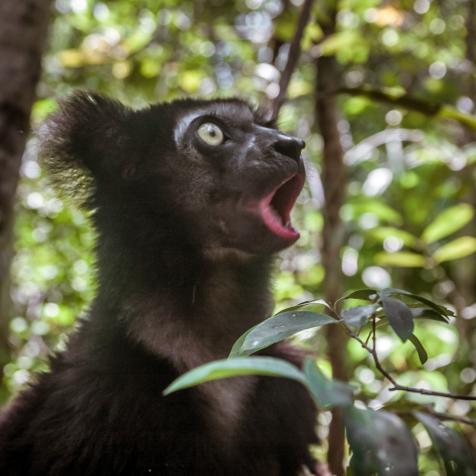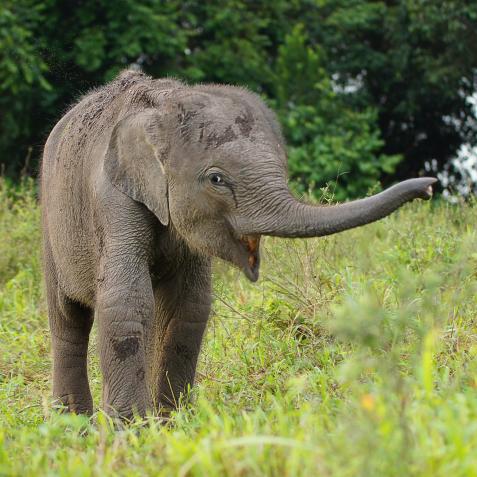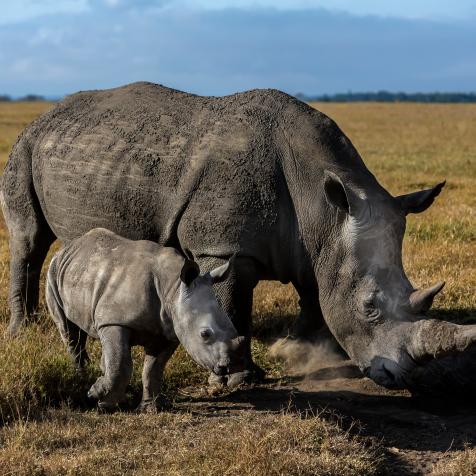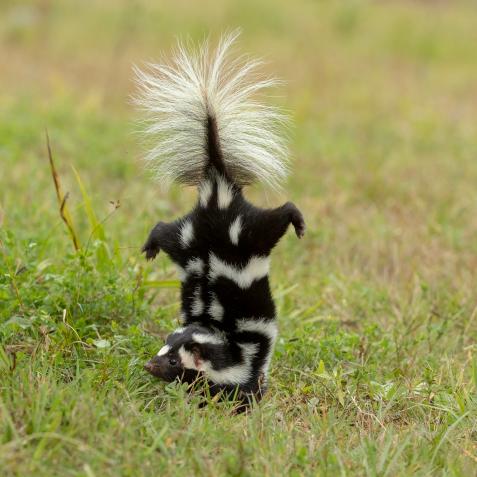
James Warwick
Giraffes Have Daycares, Lunch Buddies, and Yearslong Relationships
Scientists discovered that giraffes are actually a highly complex social species, on par with elephants and chimpanzees.
A neck above the rest — scientists long thought of giraffes as “aloof” creatures, only capable of fleeting relationships.
But over the past 10 years, research has shown that giraffe social organization is much more advanced than previously thought.
Zoe Muller of the University of Bristol published a paper in Mammal Review demonstrating that giraffes spend up to 30% of their lives in a post-reproductive state, comparable to other highly complex social species like elephants and killer whales.

Tamas Novak / EyeEm
Zoe Muller observed giraffes look like “teenagers hanging out.”
In these mammals (and in humans too) offspring survival benefits from the presence of post-menopausal females, known as the “grandmother hypothesis.” This suggests females that live long past menopause help raise future generations of offspring, ensuring the preservation of their species’ genes.
Muller asserts that post-reproductive giraffes function in the same way, engaging in cooperative parenting. Female giraffes even form “daycares” called crèches, where they take turns babysitting and feeding each other’s young.
In fact, giraffes are not loners; they’re just more subtle about their bonds. Giraffes form yearslong relationships, have “lunch buddies,” guard dead calves, and maintain close bonds with their mothers and grandmothers.

Alberto Cassani
A giraffe mother grooming her calf in Serengeti.
Giraffes don’t communicate in ways that are obvious to researchers. They live quiet social lives built around strong pair bonds — like mother and child. These bonds then unite into kinship groups.
Giraffes should be regarded as “intelligent, group-living mammals which have evolved highly successful and complex societies, which have facilitated their survival in tough, predator-filled ecosystems,” said Muller.
Giraffe social structure is complex, and scientists are only beginning to scratch the surface.
Muller added, “If we view giraffes as a highly socially complex species, this also raises their 'status' towards being a more complex and intelligent mammal that is increasingly worthy of protection.”


















